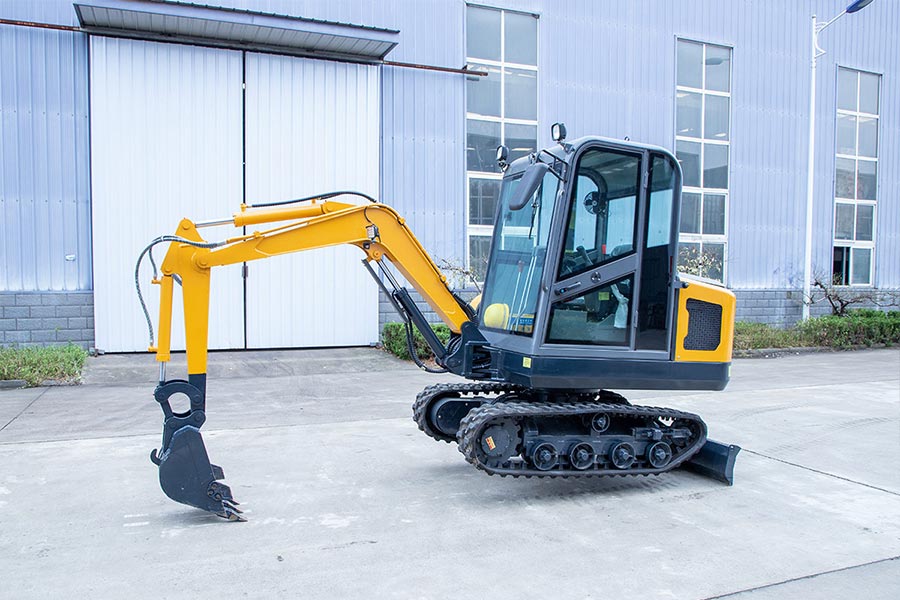Date: Jul 02, 2024 Views:
Selecting the appropriate excavator is crucial for the success of any project. Different excavator models are designed to handle specific tasks and environments, so it’s essential to consider various factors when making your choice. This article will guide you through the process of selecting the right excavator for your project and illustrate how the HW-25 mini excavator can meet specific project requirements.

1. Determine the Project Type and Scale
First, you need to identify the type and scale of your project. For instance, large-scale earthmoving projects require heavy-duty excavators, while smaller construction or landscaping projects are better suited for compact or mini excavators. Knowing the scope of your project helps narrow down the options, making it easier to find the right model.
2. Assess the Operating Environment
The operating environment significantly influences the choice of an excavator. In confined or restricted spaces, a mini excavator offers greater maneuverability and a smaller turning radius, making it ideal for urban construction sites or gardens. Conversely, in open and expansive sites, larger excavators can deliver higher efficiency. Understanding the limitations of the worksite is key to selecting the right equipment.
3. Identify the Specific Tasks
Different tasks require different excavator capabilities. For example, deep excavation tasks need an excavator with a substantial digging depth, while tasks involving high dumping require models with higher dumping heights. By matching the excavator’s features to your specific needs, you ensure efficient and effective project execution.
4. Consider Machine Performance Specifications
The performance specifications of an excavator, such as engine power, bucket capacity, digging depth, and height, directly impact its suitability for the job. Familiarizing yourself with these specifications and aligning them with your project requirements will help you choose the most capable excavator model.
5. Budget and Cost-Effectiveness
Finally, consider your budget and the cost-effectiveness of the excavator. It’s crucial to select a model that meets your project demands while staying within your budget. Additionally, consider the maintenance and operational costs to ensure the overall investment is economical.
HW-25 Mini Excavator: A Flexible and Efficient Choice
After understanding how to choose the right excavator model, let’s explore how the HW-25 mini excavator meets specific project needs.
The HW-25 mini excavator is designed for confined job sites and small-scale projects. Its compact size allows for easy maneuverability in urban construction and landscaping projects. Equipped with the efficient LD 385 engine, the HW-25 provides ample power while maintaining excellent fuel efficiency.
This excavator excels in handling tasks such as urban infrastructure construction, landscaping, and small-scale building projects. Its moderate digging depth and height make it suitable for various precise excavation and material handling tasks. Whether it’s road maintenance, pipeline installation, or creating garden features, the HW-25 offers reliable and efficient performance.
Conclusion
Choosing the right excavator model involves considering the project type, operating environment, specific tasks, machine performance, and budget. The HW-25 mini excavator, with its flexibility, efficiency, and multifunctionality, is an ideal choice for urban infrastructure projects, landscaping, and small-scale construction. By carefully evaluating your project needs and selecting the appropriate equipment, you can ensure smooth project execution and achieve the best results.